Abstract
Stimulant medication and behaviour therapy are the most often applied and accepted treatments for Attention-Deficit/Hyperactivity-Disorder (ADHD). Here we explore where the non-pharmacological clinical intervention known as neurofeedback (NFB), fits on the continuum of empirically supported treatments, using standard protocols. In this quantitative review we utilized an updated and stricter version of the APA guidelines for rating ‘well-established’ treatments and focused on efficacy and effectiveness using effect-sizes (ES) and remission, with a focus on long-term effects. Efficacy and effectiveness are compared to medication and behaviour therapy using benchmark studies. Only recent systematic reviews and meta-analyses as well as multi-centre randomized controlled trials (RCT’s) will be included. Two meta-analyses confirmed significant efficacy of standard neurofeedback protocols for parent and teacher rated symptoms with a medium effect size, and sustained effects after 6–12 months. Four multicenter RCT’s demonstrated significant superiority to semi-active control groups, with medium-large effect sizes end of treatment or follow-up and remission rates of 32–47%. Effectiveness in open-label studies was confirmed, no signs of publication bias were found and no significant neurofeedback-specific side effects have been reported. Standard neurofeedback protocols in the treatment of ADHD can be concluded to be a well-established treatment with medium to large effect sizes and 32–47% remission rates and sustained effects as assessed after 6–12 months.
Published: 23 March 2020
Applied Psychophysiology and Biofeedback (2020)
Introduction
Currently, stimulant medication and behaviour therapy are the most often applied and accepted treatments for Attention-Deficit/Hyperactivity-Disorder or ADHD. In the acute treatment of ADHD, these treatments have both large effects and considerable remission rates (Cortese et al. 2018; Swanson et al. 2001). This paper explores where the non-pharmacological clinical intervention known as EEG (electroencephalogram) biofeedback, otherwise known as Neurofeedback (NFB), fits on the continuum of empirically supported treatments.
Rating Clinical Efficacy: Empirically Supported Treatments
In 1993, the first criteria for rating ‘Empirically Validated Psychological Treatments’ were published by the American Psychological Association (APA). These treatments were later described as ‘Empirically Supported Treatments’ (Chambless and Hollon 1998). This framework for establishing treatment guidelines, has heavily influenced APA’s view on Evidence Based Practice in Psychology (APA Presidential Task Force on Evidence-Based Practice 2006), as reviewed by Hollon et al. (2014). These original criteria have also been applied to neurofeedback and biofeedback applications, as proposed in 2002 by the AAPB and SNR Efficacy Task Force in this journal (La Vaque et al. 2002) and applied to neurofeedback in ADHD by Monastra et al. (2005) and later by Arns et al. (2009,2014).
The APA criteria developed for establishing treatment guidelines is characterised by two constructs: (1) Treatment efficacy the systematic and scientific evaluation of whether a treatment works, with efficacy graded into various levels, with ‘efficacious and specific’ representing the highest level of efficacy, and (2) Effectiveness (also termed ‘Clinical Utility’): the applicability, feasibility, and usefulness of the intervention. This construct is designed to assess the generalizability of the intervention into everyday clinical practice (American Psychological Association 2002; Chambless 1993; Chambless and Hollon 1998).
These APA criteria have now been around for more than a quarter-century and several updates have been proposed in response to criticisms that some of the criteria are outdated (Southam-Gerow and Prinstein 2014; Tolin et al. 2015). The first main criticism is that the APA criterion for two independent studies to demonstrate efficacy may not account for mixed findings or publication bias. To address this, it has been recommended that there is instead a reliance on recent systematic reviews and meta-analyses consisting of more than two independent RCT’s. A second criticism is that use of measures of symptom reduction as an outcome might be too limited and that measures of clinical relevance such as effect size (ES) and remission rate should be factored in. Thus, the current paper strengthens the APA criteria by accommodating these more rigorous recommendations, and in this way adopts stricter guidelines for assessing the evidence base for neurofeedback treatment, as summarized in Table 1.

Write first comment